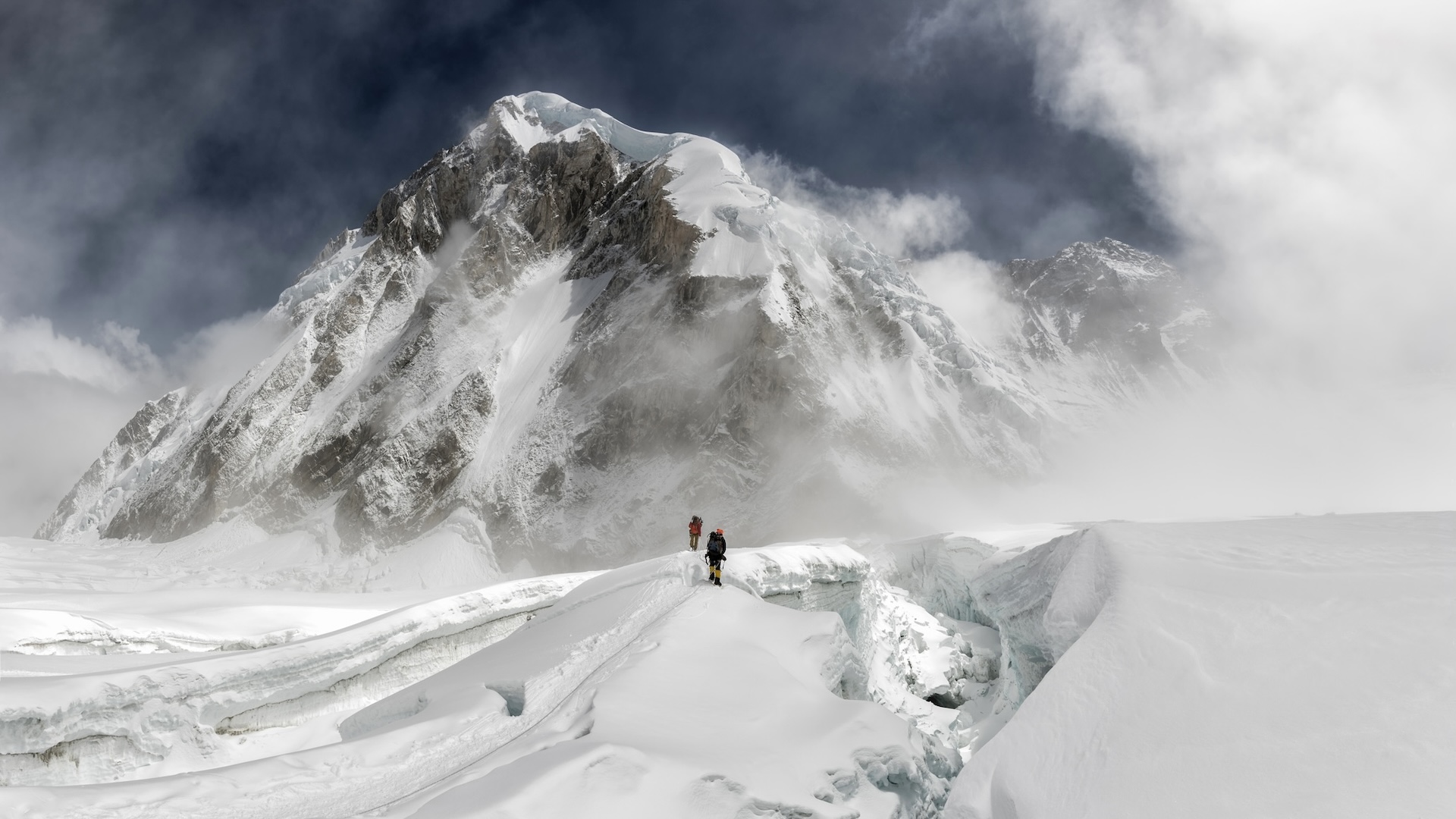“It’s been a huge selling point for Scotland” – 20 years of the Scottish Outdoor Access Code
Scotland offers “responsible rights of access” to land and water for hikers, bikers, swimmers and more. Has it been worthwhile?
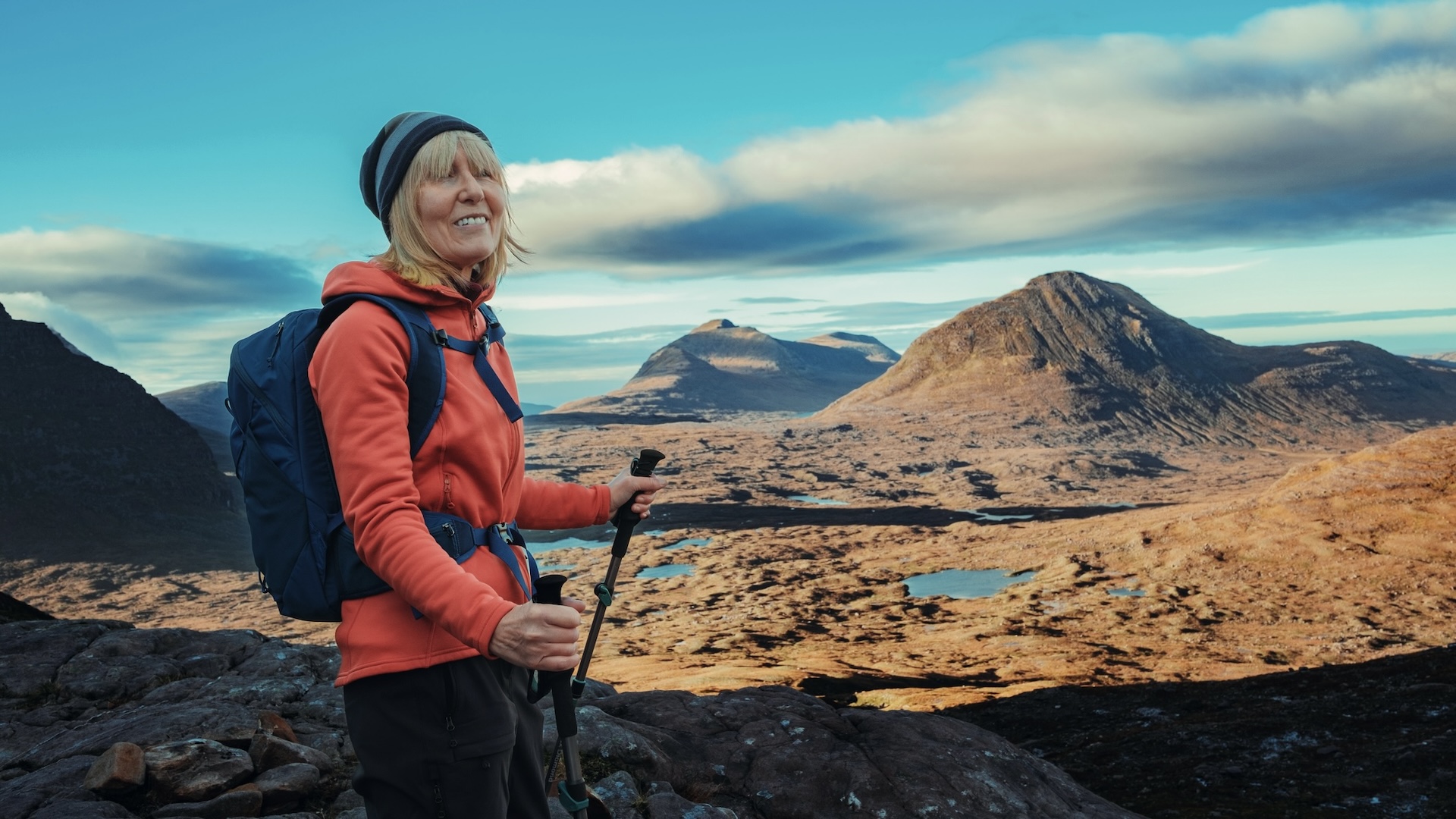
This month, Scotland celebrates the 20th anniversary of the Scottish Outdoor Access Code. The guidance gives the public responsible rights of access to land and water, so, two decades on, we look at the difference it’s made across the country, and what it means for the future.
What is the Scottish Outdoor Access Code?
It was in 2003 that the ground-breaking Land Reform Act (Scotland) was enshrined in law, followed in February 2005 by the creation of the Scottish Outdoor Access Code (SOAC). The code provides guidance to access users and land managers on what constitutes “responsible behaviour”.
In Scotland, everyone has the right to be on most land and inland water for recreation, education and for going from place to place providing they act responsibly. The code also covers the ability to wild camp and also to enjoy wild swimming.
The Code is based on three key principles:
- Respect the interests of other people
- Care for the environment
- Take responsibility for your own actions
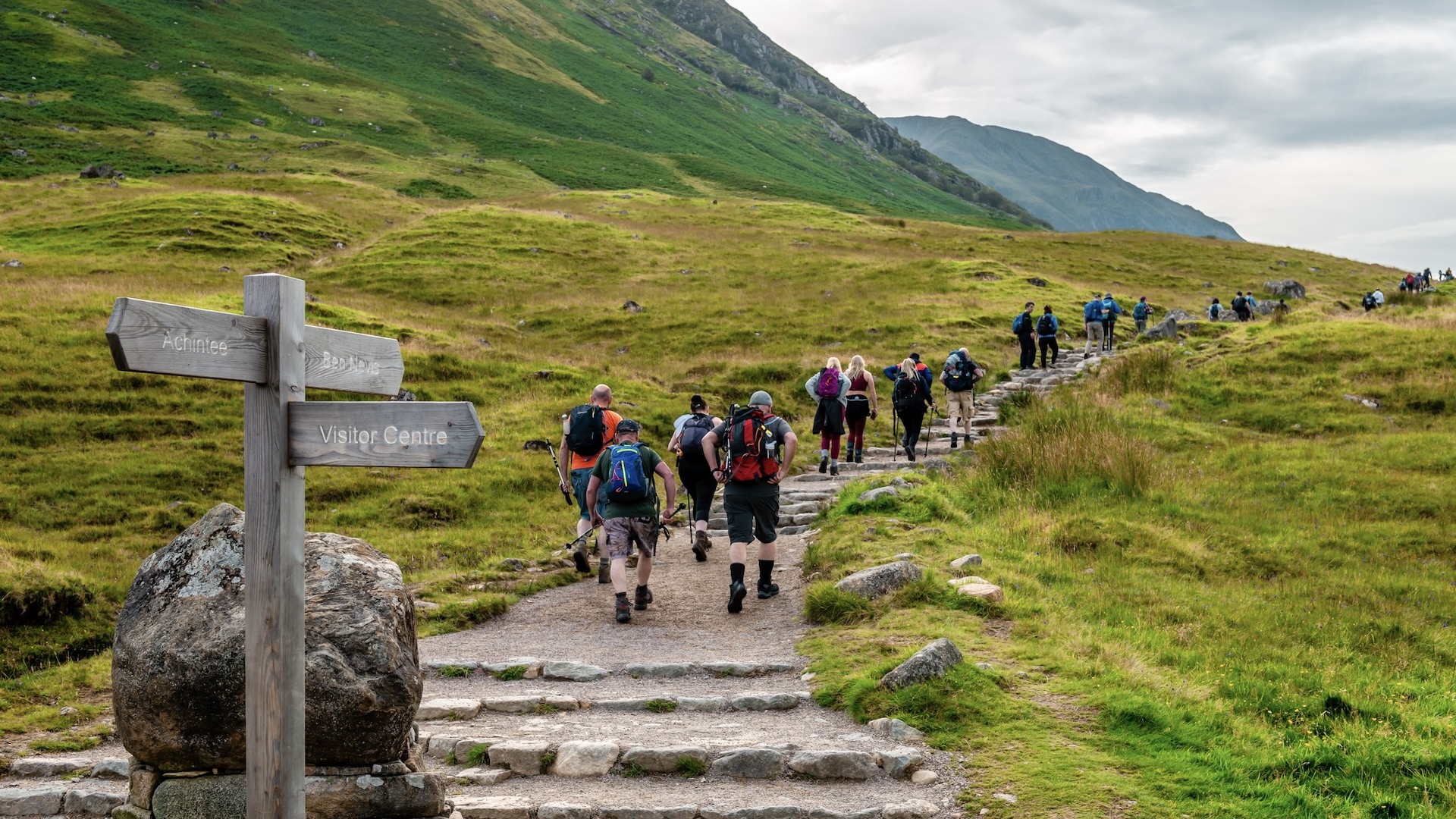
How the SOAC compares to other countries’ rules
Scotland’s rights of responsible access are unique in the UK and a part of Scots law. In England and Wales the “freedom to roam” is far more restricted with the public mainly limited to using established Rights of Way or paths for walking, cycling and horse riding etc.
In 2000, there was a step forward in England and Wales with the Countryside and Rights of Way (CROW) Act, which now allows the freedom to roam across three million acres of mountain, moor, heath and downland. But these areas are restricted and extend to only a fifth of Wales’ countryside and a smaller proportion in England, with the majority in national parks.
The Ramblers, a walking charity that has long campaigned for more freedom rights, continues to campaign for greater rights to roam.
Advnture Newsletter
All the latest inspiration, tips and guides to help you plan your next Advnture!
In Ireland, the picture is arguably even bleaker. Campaign group Keep Ireland Open states: “The only places in Ireland where freedom to roam exists are the national parks. Although they include some of the most scenic areas, they cover only about 1% of the country.”
Worldwide, there are few countries with similar rights to responsible access as Scotland. The exceptions are the countries of Estonia, Finland, Iceland, Norway and Sweden where, rather than there being a law or code, the right to roam takes the form of “common practice” established over the centuries.
Because American property rights include the right to exclude others, the freedom to roam does not generally exist in the United States.
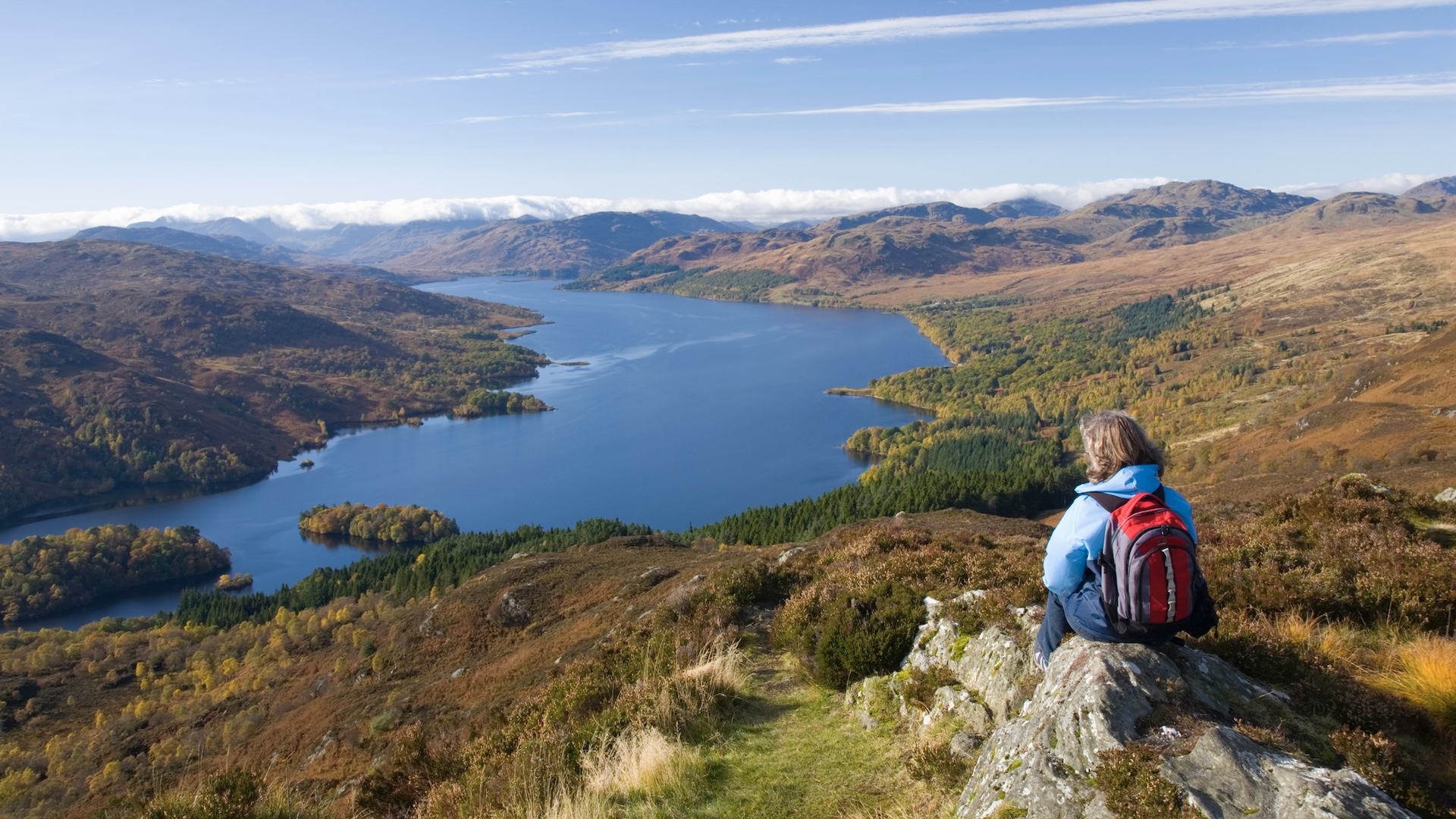
The positives of the Scottish Outdoor Access Code
It’s widely regarded that the Scottish Outdoor Access Code and access rights have become a cornerstone of Scotland's identity, promoting access to the outdoors and nature while encouraging respect for those living and working on the land and caring for the environment.
Greater numbers of people have enjoyed easier access to a country that is predominantly rural. Professor Colin Galbraith, the chair of NatureScot, an organisation responsible for the country's natural heritage, says: "For two decades, Scotland's rights of responsible access have given people unparalleled opportunities to get outside and enjoy exploring our breathtaking landscapes, nature and local green spaces.
“Whether you are on a paddleboard, wild swimming, walking, riding a horse or bike, or in a kayak, there are activities for everyone to experience.
“The Scottish Outdoor Access Code has guided the introduction and use of these rights, informing both the public and land managers of their responsibilities based on mutual respect, care and understanding.”
Ramblers Scotland director Brendan Paddy agrees, stating that he believes the SOAC has had a “significant positive impact” for the people of Scotland.
"The latest reports, including Scotland's People and Nature Survey (SPANS), are heartening and reveal that almost two-thirds of people in Scotland now visit the outdoors at least once a week,” he says. “This has increased especially in to local neighbourhoods since the pandemic.”
SPANS showed the largest proportions of visits overall included time in a park or other green space in an urban area (41% of visits), while woodland was also frequently visited (39%).
Notably, some 93% of people who are active outdoors are walkers.
There are still some differences across the population, however. Paddy says: “The statistics show us that more affluent people, as well as younger people and those with better health, are much more likely to spend time outdoors, compared to those in more deprived areas.
“Encouraging people who are less well off to access the countryside is something Ramblers Scotland has been focusing on.”
SPANS also shows that people who visit the outdoors more frequently have a higher, on average, sense of connection to nature. There are many studies underlining the benefits to mental well-being when spending time outdoors and amid nature. Most recently, a new NatureScot report reveals increases in the ability of nature to contribute to our wellbeing compared to 2000 levels.
When comparing levels of nature connectedness with visit frequency, it was also found that levels of connection are higher, on average, among people who visited the outdoors more often.
Another positive is how attractive Scotland has become to tourists. Paddy says: “Scotland has a unique proposition as a place with an extraordinary outdoors offering. This has been a huge selling point over the last 20 years.”
The negatives of the Scottish Outdoor Access Code
It’s not all been plain sailing since the introduction of the SOAC. There have been issues – some still ongoing – with landowners who do not want the public to have access to their land.
Paddy says: “When the Land Reform Act was passed some people predicted an apocalypse with landowners fighting to protect their land from access. But this didn’t happen and most landowners have been great and wanted to do the right thing.
“There are still a few recalcitrant landowners but they are very much the exception.”
In some areas, such as the shores of Loch Lomond and Loch Earn in one of Scotland’s two national parks, as well as areas such as Glen Etive, in the Highlands, irresponsible public use has led to issues of littering, damage and clashes with residents.
Byelaws in Loch Lomond & the Trossachs National Park were introduced in 2017 to create Camping Management Zones in the busier summer season in areas where problems were greatest. The zones cover less than 4% of the park, and it’s still possible to wild camp responsibly in the vast majority of Scotland, however there was anger from some people and groups who believed the byelaws were an unacceptable erosion of hard-fought access rights.
Paddy also points to issues of underfunding to support the SOAC. He says: “Financial resources at both Scottish government and local authority level have not been what we – and other groups – would have hoped over the last two decades.
“This has led to problems with maintenance of paths, signage, public education on access rights and fewer rangers in busy locations such as Loch Lomond. It also means there is reduced ability to tackle landowner disputes.
“This has another area of campaigning for Ramblers Scotland and we have been talking with the Scottish government with the aim of ensuring the incredible legacy of the Land Reform Act and the SOAC is not affected due to under investment.”
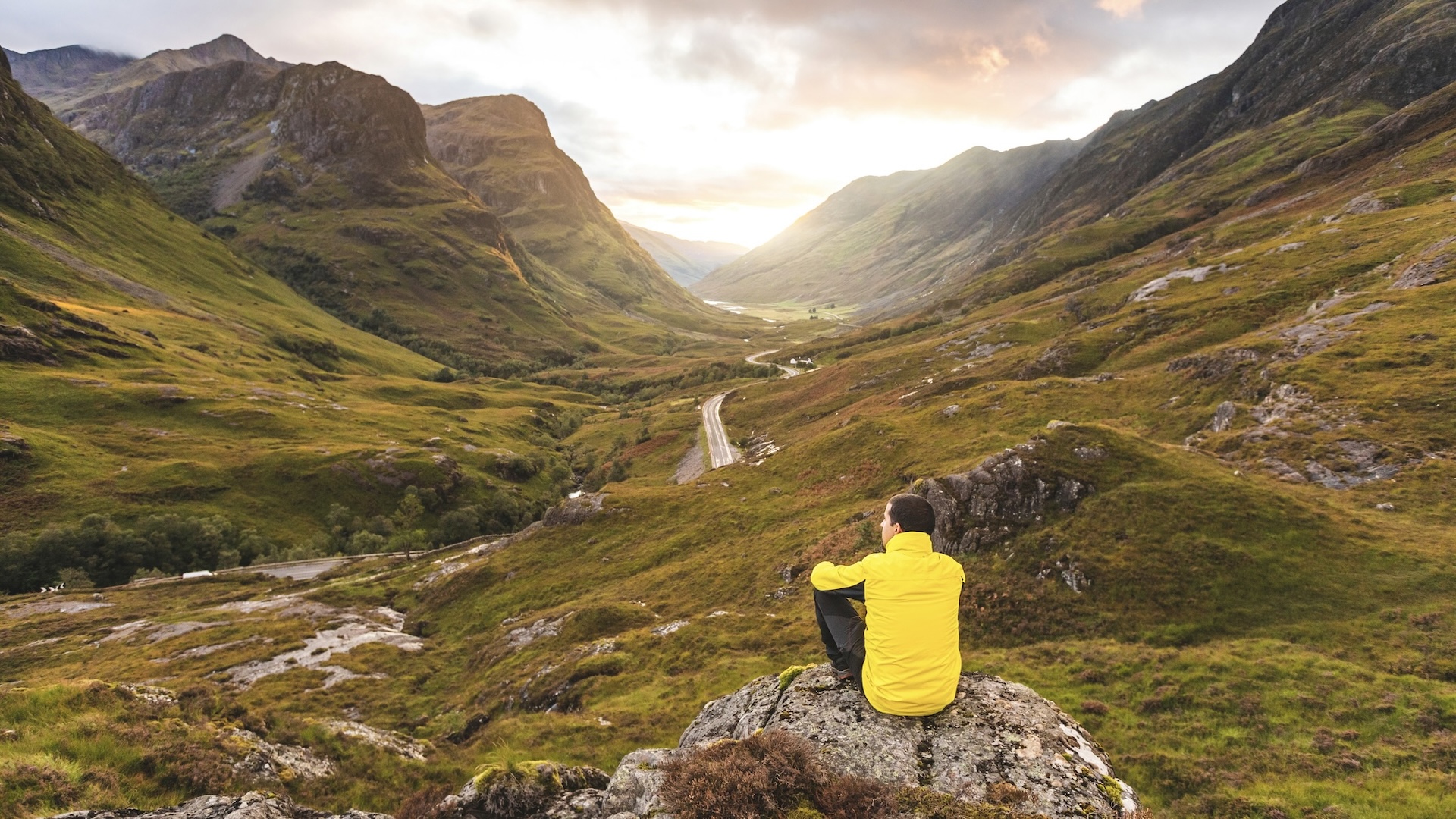
The future of the Scottish Outdoor Access Code
Paddy believes that the 20th anniversary of the SOAC is a fantastic opportunity to celebrate the success of Scotland’s world-class access legislation.
“It's also a time to reflect on how even more people can benefit from it in future,” he adds. “In the years ahead, all of us who love Scotland’s outdoors must keep breaking down the physical and societal barriers that sadly can still stop some people from walking.
"That requires an increased focus on education, investment and support for on-the-ground staff, such as access officers and rangers. By doing that, we’ll ensure that our amazing access laws become an access reality for everyone, within all communities across Scotland.”
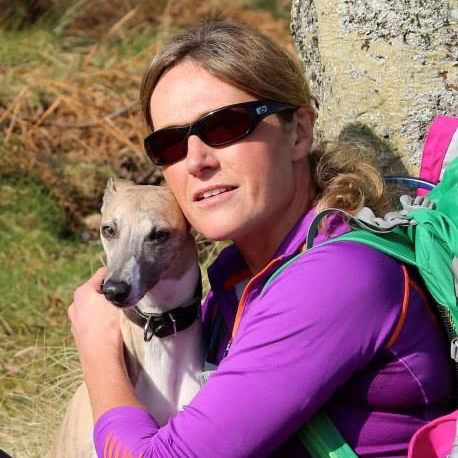
Fiona Russell is a widely published adventure journalist and blogger, better known as Fiona Outdoors. She is based in Scotland and is an all-round outdoors enthusiast with favorite activities including trail running, mountain walking, mountain biking, road cycling, triathlon and skiing (both downhill and backcountry). Aside from her own adventures, Fiona's biggest aim is to inspire others to enjoy getting outside and exploring, especially through her writing. She is also rarely seen without a running skort! Find out more at Fiona Outdoors.
